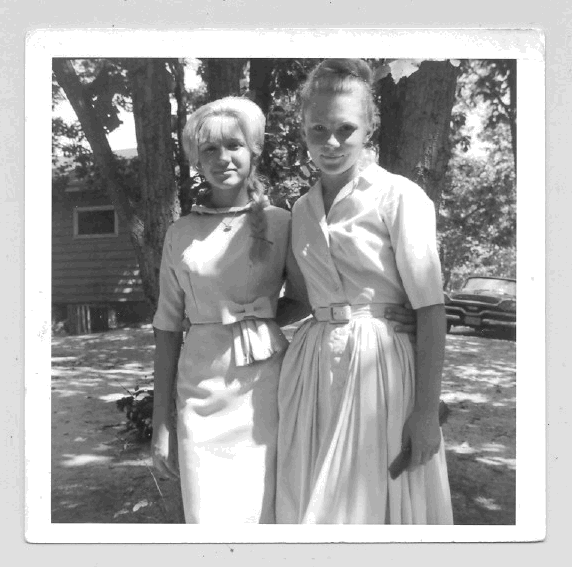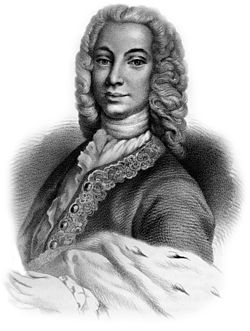

















300 Years of the dmitri kantemir dynasty
Polka-dotted dress with wide brimmed hat. (Chapter 1)
Princess Eleonora's (second from left) family photo - notice the watch on her wrist. (Chapter 1)
Princess Eleonora's grandmother, Maria, who was exiled to the gulags of Siberia. (Chapter 2)
The photo of Princess Eleonora's long lost half-sister, also named Eleonora, that Papa carried in his shirt pocket, close to his heart. (Chapter 2)
Prince Golitsyn (second from right) with Papa (far right) in 1963. "A long time ago, ours married theirs." (Chapter 5)
In 1963 Princess Eleonora and fellow dancer, Zina, were offered ballet scholarships at the School of American Ballet in NYC by legendary ballerina Alexandra Danilova. (Chapter 6)
DESCRIPTION OF THE KANTEMIR FAMILY CREST
· LIONS: Signifies personal strength and relentless fighter in the face of life’s challenges.
· CROWN: The flowers are the silver roses of Moldavia.
· UPPER LEFT: An auroch (wild cattle) is a symbol of Moldavia. The sword with the moon and club with the sun signify the crossed paths of the Ottoman Empire and Moldavia.
· UPPER RIGHT: Depicts “Historia Hieroglyhica” (1705), the first Romanian novel written by Dmitri Kantemir in which he uses mythological beasts to portray the history of the two ruling houses of Wallachia: the Brancovans and the Cantacuzinos.
· CENTER: Two headed eagle was the official state symbol of the Byzantine Empire, symbolizing the unity of the Church and State: It represents Dmitri’s wife Cassandra Cantacuzino, a descendant of a Byzantine Emperor. It later became the coat of arms for Russia under Peter the Great. This characterizes Dmitri’s refuge to Russia as Imperial Chancellor to Peter the Great.
· LOWER RIGHT: An early map of Istanbul, Turkey, the western part in Europe and the eastern part in Asia where Dmitri lived for twenty two years.
· LOWER LEFT: a bird of courage, holding an Orthodox cross, a symbol of Latinity that represents historical Wallachia.
(Chapter 9)
TSARITSYNO (BLACK DIRT) in Moscow, Russia. It was the Kantemir estate for 60 years until it was sold to Catherine the Great in 1777. The Church of the Life-Giving Spring, built by the Kantemirs, can be seen in the lower right corner. Matvei Kantemir is interned in the church. (Chapter 10)
Sultan Ahmed III - Istanbul, Turkey. He was responsible for the execution of the Brancovans, who were eventually made saints of the Orthodox church - canonized June 20, 1992 in Bucharest, Romania. (Chapter 11)
Prince Dmitri Kantemir (Cantemir - Romanian spelling) 1673-1723. Prince of Moldavia, 1693. Prince of the Russian Empire, 1711. Prince of the Holy Roman Empire, 1711 (title given by Charles VI).
Princess Anastasia Trubetskaya (1700-1755), second wife of Prince Dmitri Kantemir. Painting on exhibition at the National Gallery of Victoria in Melbourne, Australia. (Chapter 13)
Princess Maria Kantemir, daughter of Prince Dmitri Kantemir (1717). Last love of Peter the Great. Portrait on display at the New Jerusalem Monastery - Moscow.
Czar Peter the Great of Russia - 1717. (Chapter 14)
Prince Antiochus Dmitrievich Kantemir, son of Dmitri Kantemir. Russia's first poet and diplomat. Ambassador to England 1731 - 1738. Ambassador to France 1738 - 1744. (Chapter 21)
(Chapter 24)
Two sisters with the same name - Eleonora Borisovna #1 and Eleonora Borisovna #2 meet for the first time in Baku, Azerbaijan after 50 years (Summer 2003). (Chapter 26)
Plaque on Dmitri Kantemir’s palace wall in Istanbul, Turkey. Having left unattended, the Turkish government restored it in 2007 in a joint program with the European Union and Faith Municipality as a social center and museum. (Chapter 28)
"Three hundred years later, I would be that descendant." (Chapter 28)
Author's note: A surprising find of a portrait of Princess Trubetskaya (page 107) on exhibition at the National Gallery of Victoria in Melbourne, Australia during a stay in May 2017.